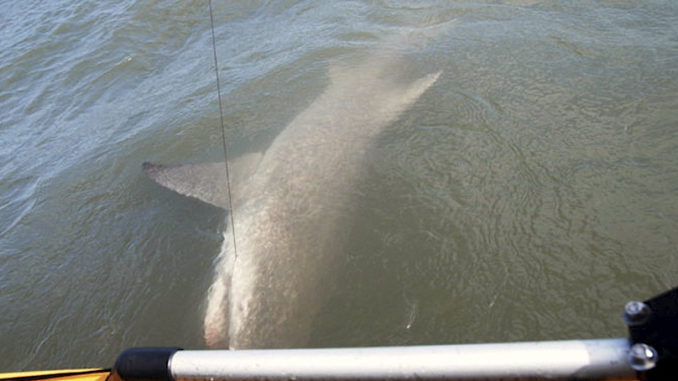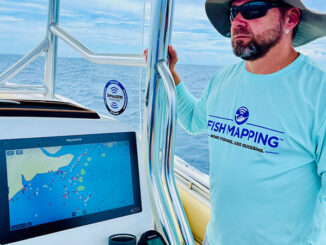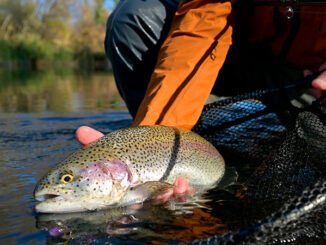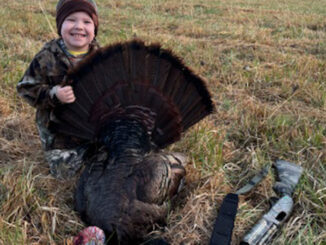
Kayak-bound anglers can wrestle plenty of big, summer fish
Once upon a time, burly men in large, powerful boats set out to see to do battle with large sea creatures: marlin, swordfish, sharks and the occasional Kraken. Nowadays, much of the macho bravado has passed. But anglers still appreciate the challenges of facing larger-than-normal fish from a smaller-than-normal boat.
During August, nothing fits the bill better than the challenge of fishing for coastal sharks, tarpon, cobia or even large rays from a kayak. Targeting sharks and tarpon from a plastic boat frequently garners media attention because of the hype. But like any other type of fishing, once you know the ropes and have a system in place, kayak fishing for larger coastal species is just as easy or easier than fishing from a power boat.
Admittedly, one of the drawbacks when kayak fishing is that the angler may have to provide more planning in the area of entry and egress when it comes to accessing the best spots. Where conditions permit, launching your kayak from shore or from the beach beats trying to put in with everyone else at the public boat ramp and paddle all the way to the fishing grounds.
Kayak fishing does have limits
Once on the water, fishing for big pelagic species from a plastic boat is no different than fishing from any other type of boat except for the limited amount of storage available for gear and tackle. A beginner may opt for 40-pound class tackle and increase tackle and fish size as experience and budget dictate.
Most kayak fishing for sharks, tarpon, rays and large red or black drum involve site-specific locations rather than sight-fishing while traversing open water. Plan accordingly. If you’re going to anchor out and soak live or dead baits, you need to make room to store sufficient anchor line, anchors and a marking ball. And you need some way to keep and store bait, in addition to a readily available supply of fishing tackle.
Speaking of bait, throwing a cast net after you’ve launched is not out of the question. It’s certainly better than taking it with you. Fortunately, the ocean can provide all the bait you need simply by taking along a couple of 10-pound class “bait rods” and some frozen shrimp or squid.
Go fishing before the fishing trip
Spend a couple of hours before the intended big-fish trip catching spot, croaker, rays, ladyfish, blues or any other fish that can be recycled into cut bait. Depending on where you’ll be anchoring, many times you can while away the time waiting on a big-fish bite by catching bait directly under the boat.
Tackle for most large, coastal fish fits in the 50- to 80-pound line-class range. Both spinning and baitcasting gear are viable options. Higher capacity is better when the fish make an initial long run before you can cut loose and give chase. For fish with teeth, a 6- to 8-foot length of at least 80-pound wire is recommended. Tarpon, rays and drum will allow you to use 50- to 80-pound monofilament leader. Finally, don’t forget wide-gap, 8/0 to 12/0, extra-strong circle hooks.
A personal best
Fishing for sharks from a kayak gets a lot of attention when it comes up in casual conversation. In reality, sharks up to 8 feet long are a blast to catch in a Tupperware boat. And it’s much safer than folks would have you believe. In fact, I find it easier to let a big shark pull the boat around ‘til it tires out, because then it’s right there at arm’s length to unhook or dehook rather than leaning out over the side of a power boat.
While shooting some video with my buddy, Brad Knight, we set out to provide some tips for anglers wanting to give kayak shark-fishing a try. During the three days of filming, I happened to catch my personal-best shark from my Hobie Pro Angler 14. The unfortunate part is that I was doing most of the filming for the video segment. And after an hour or so of being towed around by this 7 1/2-foot blacktip — I suspect she was pregnant at the time — no one was around to film the catch except me.
Size and weight are a judgement call when kayak-fishing because I physically could not pull a tape on the fish by myself. I probably still have the marks where I hastily made a cut mark with my bait knife on the gunwale where her head and tail met the side of the boat and pulled the tape later.





Be the first to comment